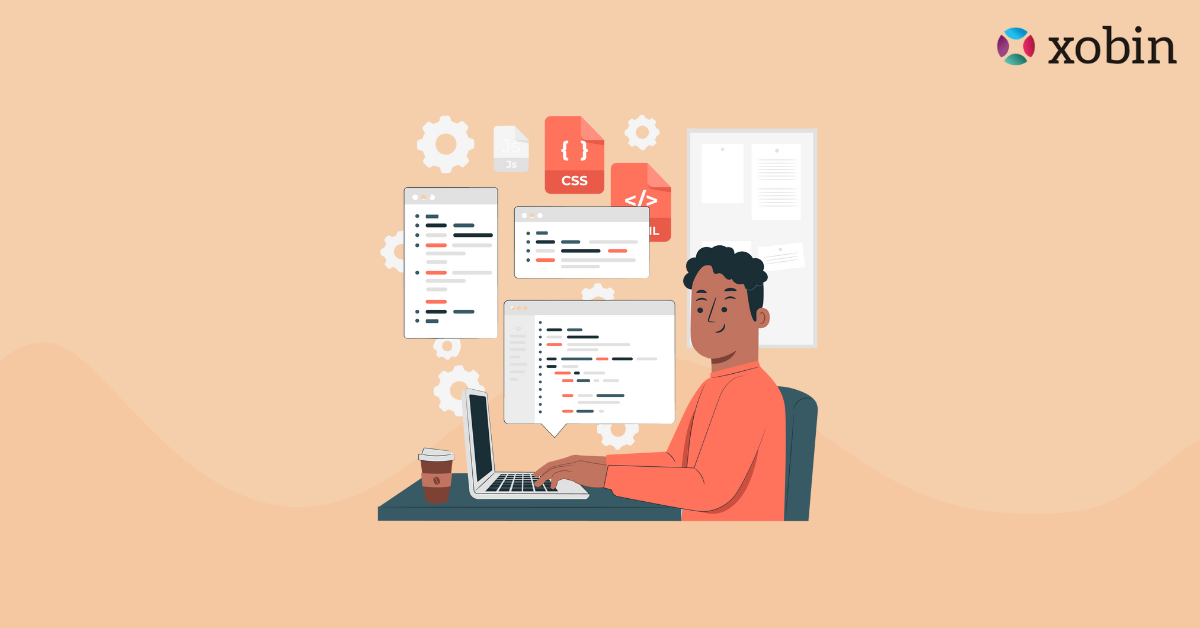What is a Coding Assessment? Complete Guide to Evaluate Coding Skills
In today’s fast-changing digital world, hiring the right tech talent plays a key role in a company’s success. For HR leaders, knowing what a coding assessment test is and how …
Read MoreWhat is a Coding Assessment? Complete Guide to Evaluate Coding Skills







